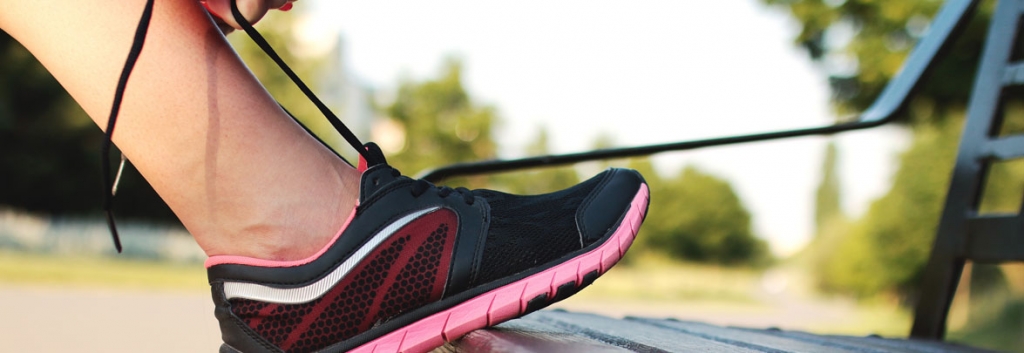As gym memberships soar through the roof to beat the over indulgence at Christmas, and people look forward to achieving their fitness goals, strains and sprains can come up easily…if someone hurts themselves (or yourself) here is what to look out for…
A strain happens when a muscle is over stretched or torn or where a tendon is connected to the muscle. A sprain is where a ligament is stretched or torn usually when there has been a sudden wrenching motion as a joint has been forced apart damaging the surrounding tissues.
Ligaments hold joints together and tendons attach the muscles to the bone. Tendons attach muscle to the bone. Another injury could be where the muscle is torn. A typical example of this is a hamstring injury in the leg where muscle fibres get torn causing severe pain and swelling.
Signs and symptoms include, pain, swelling, tenderness, difficulty moving the injured body part especially if it is on a joint.
The first aid treatment for strains and sprains is the same so it is not that important that you identify what they are suffering form. The treatment we give is to try to reduce swelling and pain. The treatment is easy to remember with the acronym RICE.
R – Rest the limb.
I – Apply ice to reduce swelling.
C – Compress with a crepe bandage and keep Comfortable.
E – Elevate the limb to reduce swelling.
Now we will look at each of the points in RICE.
Rest – The first thing to do is to sit the person down or help them to sit or lay in a comfortable position. Keep the injured limb in a comfortable supported position, ideally elevated.
Ice – Next we need to cool the area using an ice pack, cool pack or chemical instant ice pack which has crystals and liquid and you squeeze it to break the liquid and shake, and the resulting reaction will cool the pack down. Do not put ice or cool packs directly on the skin as the cold can burn the patient. Wrap it in a T-cloth or triangular bandage to avoid direct skin contact.
Compress and Comfortable – With this you need to apply a crepe bandage or soft padding over the area. This can be over the cold compress to hold it in place. Do not apply this too tight as this can cause more pain and discomfort.
Finally, Elevate – Here we need to elevate the limb to help reduce swelling. You need to check the point beyond the bandage to check every ten minutes that the circulation is still present. If it has stopped it may be that the bandage is too tight or it may be an indication of something more serious which needs professional assistance.
The next problem you will have is whether to move the patient or not. In the case of a wrist or arm problem, you can usually once your initial treatment has taken place, help them to their feet and walk them to professional help but take care they may be in a lot of pain and they may feel faint, so let them get up slowly and help them where needed.
If they have a leg or ankle problem, moving them may be difficult and you may need to call for help. The person will not be able to put weight on that foot and you must make sure they do not accidentally stand on it. If they are moved, once the leg is no longer elevated, swelling and pain can increase. It maybe that you could help them to hop to a place of safety, if not stay with them until help arrives.
Written by ProTrainings (Our training provider)
First Aid Training that Cares provides quality first aid training across all areas of Dorset to individuals, groups and companies. For more details about courses (including Sports First Aid) then contact us via email info@firstaidtrainingthatcares.co.uk or phone 07401 245 690.



Leave A Comment